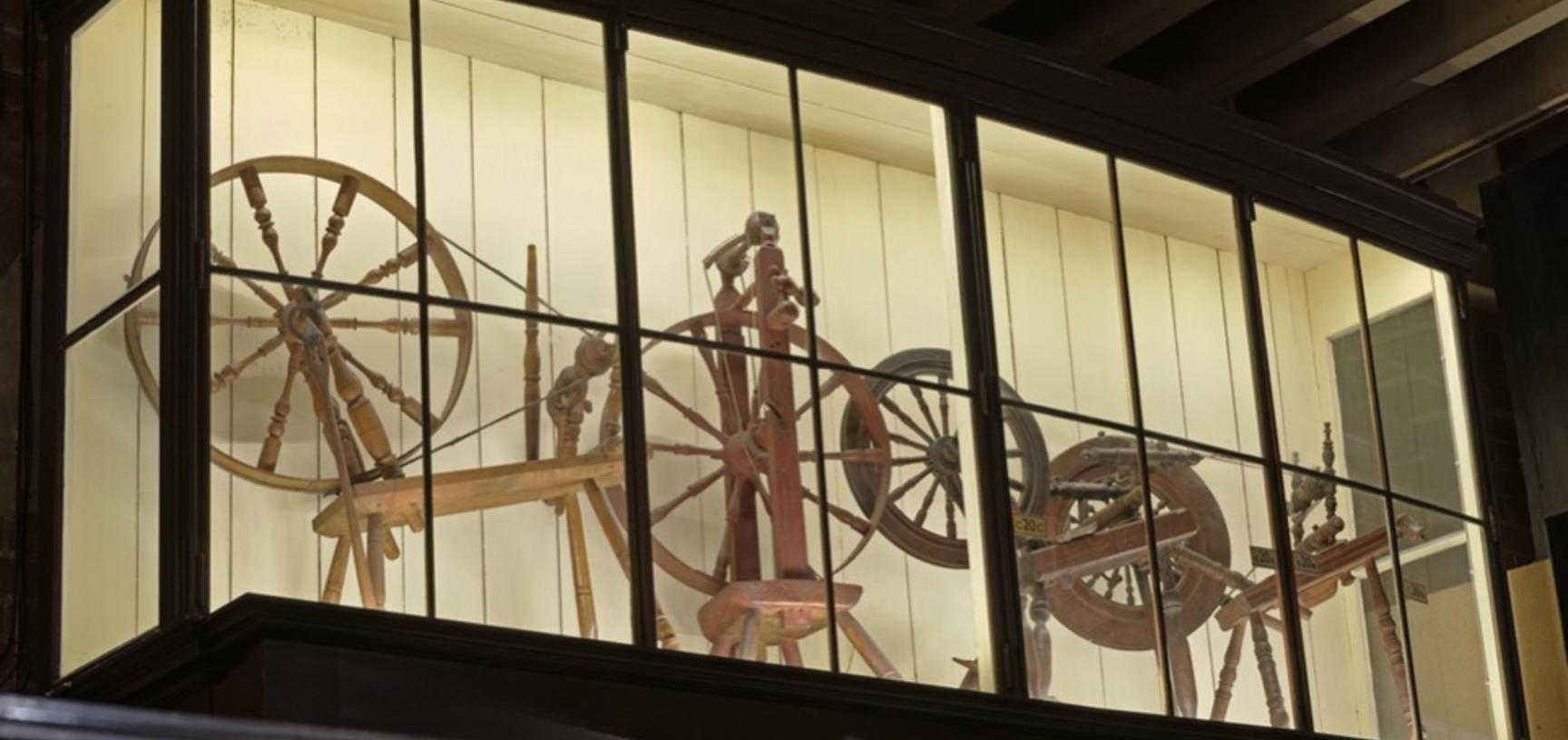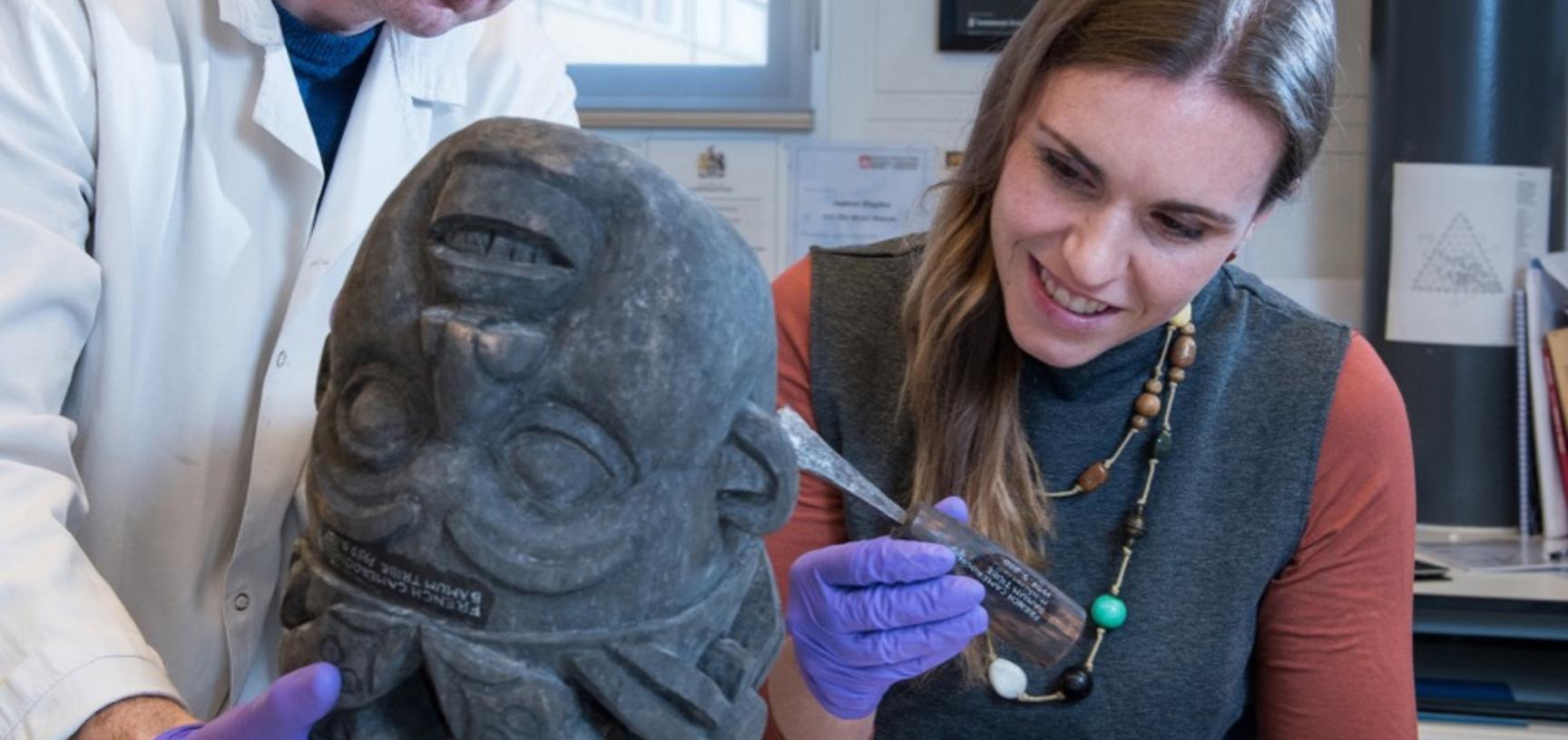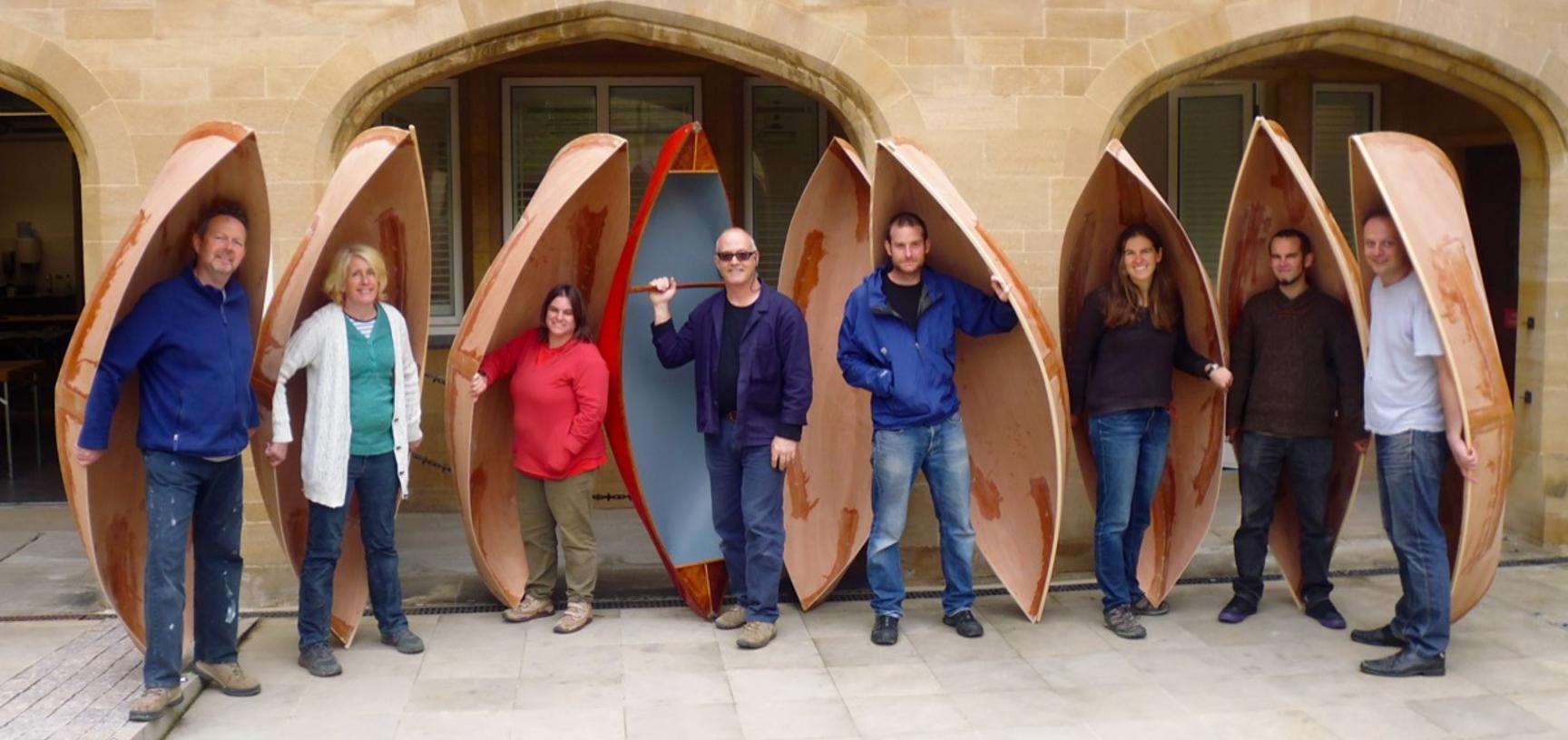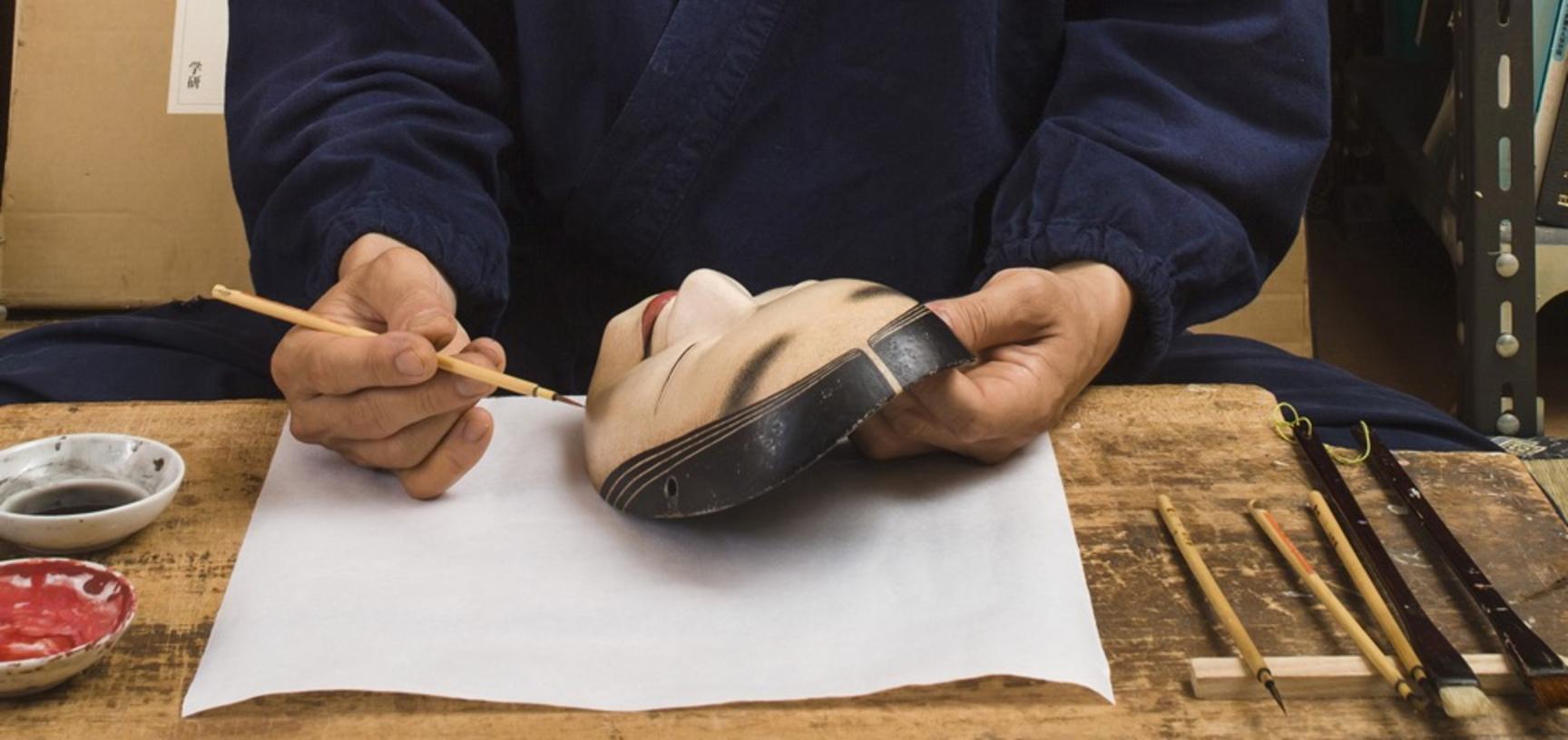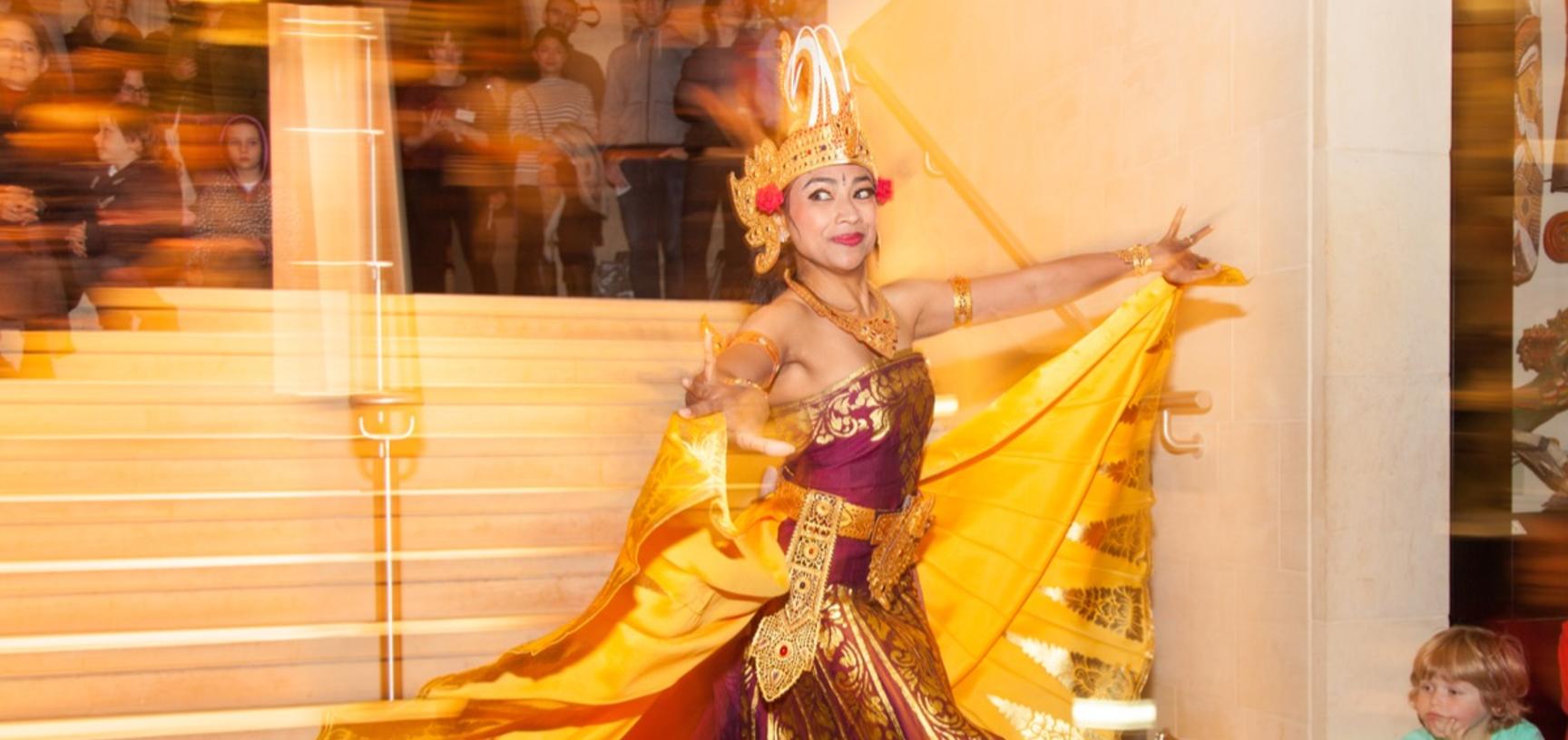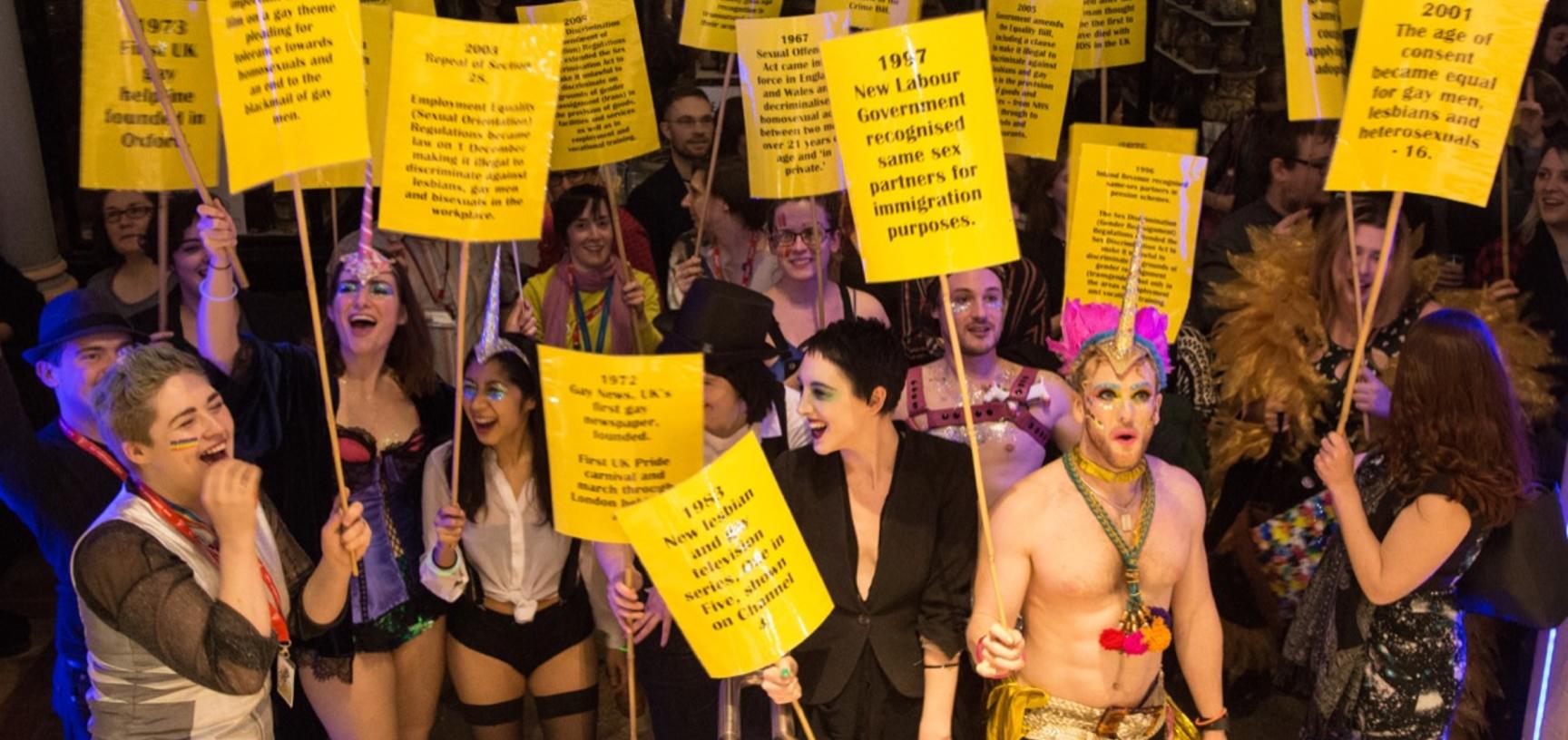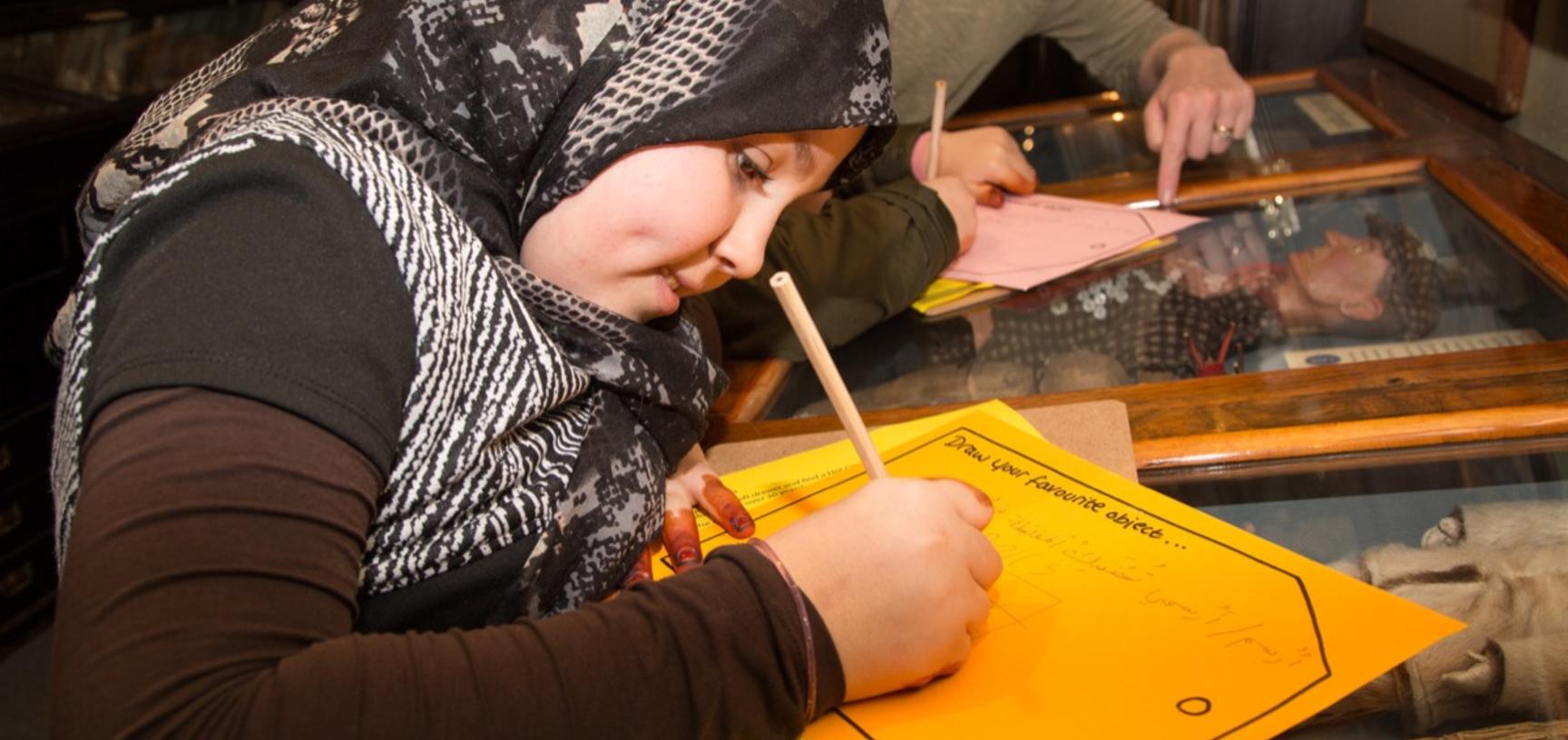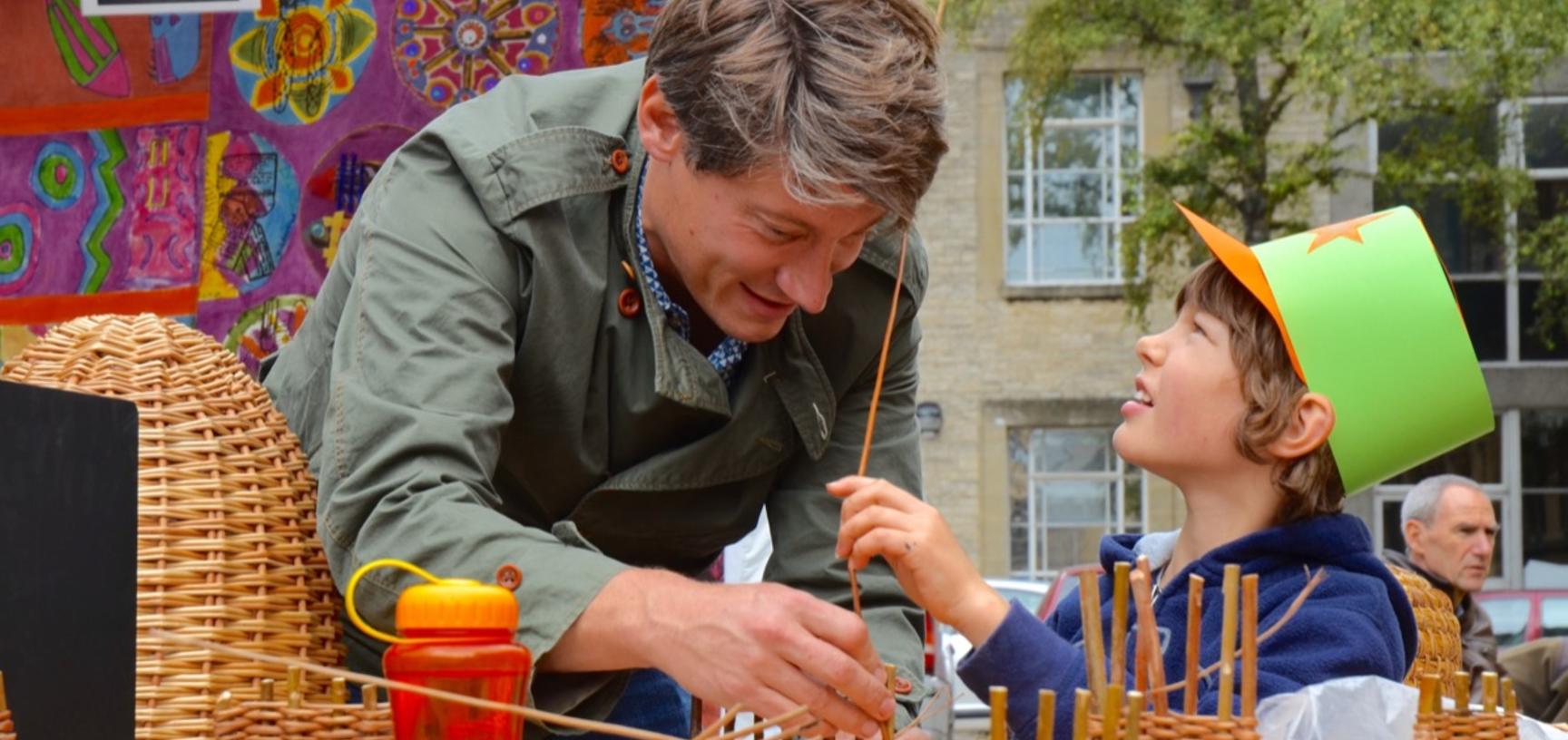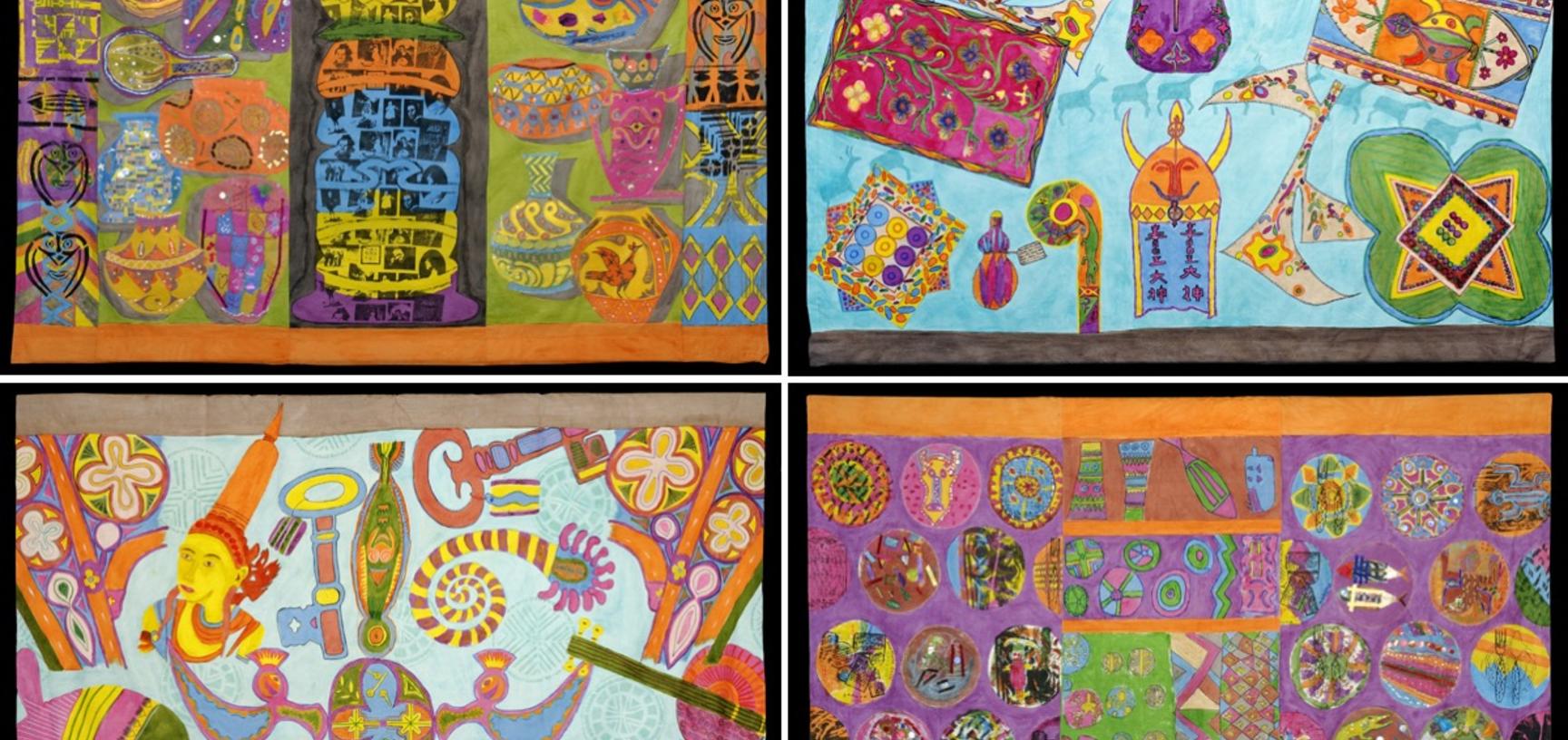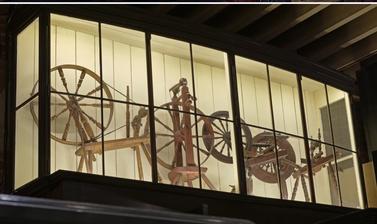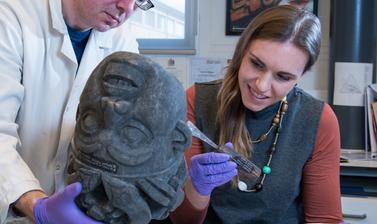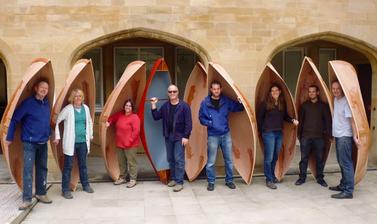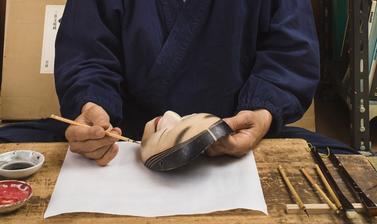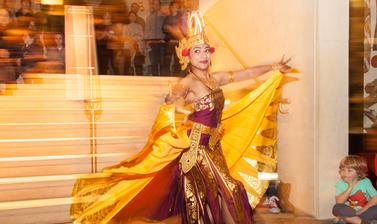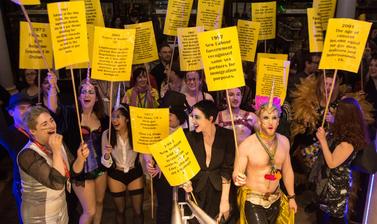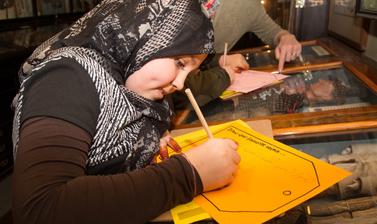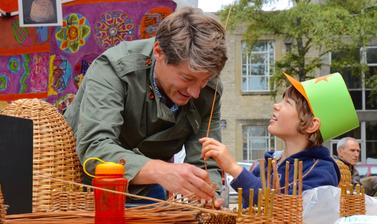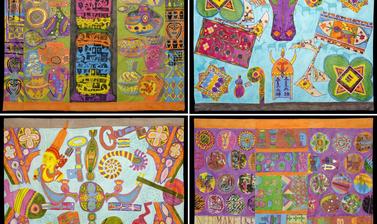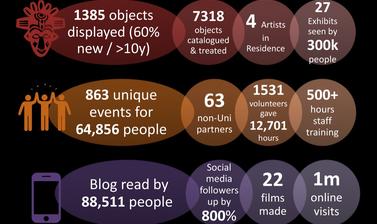Changing Whilst Staying the Same: How the VERVE Project Transformed the Pitt Rivers Museum
The Pitt Rivers Museum is a special place – a world-class research and teaching institution at the University of Oxford, a must-see tourist attraction for thousands of visitors to Oxford, a fixture in the lives of locals, and a uniquely-presented celebration of world cultures. The Pitt Rivers means different things to different people so there must be a balance between preserving its uniquely historic character and improving how our modern users – visitors, academics, teachers, schools, families, local and originating communities, and digital audiences – see, experience and understand the Museum.
From 2012 to 2017 the Pitt Rivers Museum undertook a major £1.6 million project called VERVE funded by the Heritage Lottery Fund and other generous donors. This represented the third phase in the Museum’s renewal programme following the completion of the research centre in 2007 and the platform entrance and Clore Learning Balcony in 2009.
VERVE stands for Visitors, Engagement, Renewal, Visibility and Enrichment. The project employed seven staff and had two distinct strands: (1.) the redevelopment of one hundred metres of display space across all three floors of the Museum, celebrating human creativity and ingenuity through the themes of performance, traditional crafts and archaeology; and (2.) a lively public engagement programme titled ‘Need, Make, Use’, aimed at specific audiences including volunteers, independent adults and hard-to-reach groups.
https://player.vimeo.com/video/235761584
How VERVE Changed Us from Pitt Rivers Museum on Vimeo.
This display presents some of the ways VERVE has changed the Museum, both visibly and in terms of shifting working practices. The project met or exceeded many of its original targets: more than 66,000 people attended VERVE events and 1,531 volunteers gave nearly 10,000 hours of their time. The new displays include more than 1,300 objects – many of which have never been displayed before – and we have improved documentation for thousands more. Having funding for public engagement allowed us to be adventurous and tackle contemporary issues, from allowing young people to co-curate events, undertaking innovative work in supporting LGBTQ+ and mental health awareness, and providing a platform for some of Oxford’s migrant communities.
We hope the changes to the Museum have been subtle but effective, and that lessons learnt from this transformative project inspire growth and activity. You, our visitors, are at the heart of what we do and we look forward – together – to creating a Pitt Rivers Museum for the twenty-first century.
What’s Changed in the Museum
More People through the Doors. In marked contrast to falling numbers of visitors to museums and galleries nationally in the UK, the Pitt Rivers Museum has been notable for a consistent increase in visitors over the last five years, from 360,000 to 486,000 (+35%). This is partly due to the high rate of word-of-mouth recommendations among visitors, for which we score the highest among the 240 leading visitor attractions in the UK.
Improved Lighting. Light levels in the Museum are kept low to help protect fragile materials such as textiles and fur from irreversible light damage, but this has been the single largest source of visitor criticism in recent years. With support from DCMS/Wolfson Museums and Galleries Improvements Fund we have invested more than £100,000 in one hundred metres of new LED lighting to make displays and labels more visible, and to enhance the architectural drama of the interior. LED lighting is energy- and cost-efficient and does not emit heat, which is good news for museum objects.
New Permanent Displays. By refurbishing areas of the Museum that had been screened off or overlooked for the last fifty years, we have created vibrant displays spanning more than one hundred metres on all three floors of the Museum. More than half of the 1,385 objects on show have never been on public display before, or not in the last ten years, initiating a programme of refreshment and renewal of all permanent displays and visible storage areas.
Thousands of Database Records Created and Improved. The Museum cares for more than half a million items. It’s important that the information we hold about them is accurate and up-to-date. During VERVE we processed 3,000 objects for display, loans, storage relocation and research. We took the opportunity to improve the information for those objects, which is available on our website via our online catalogue. We also created a database for the one thousand items in the Museum’s education handling collection.
Focus on Creativity and Ingenuity. The Pitt Rivers Museum cares for archaeological and ethnographic objects from all parts of the world and all time periods. It is truly a global museum. But sometimes visitors can come away unsure about what the Museum is trying to do or say. Although the Museum has its roots in Victorian thought, our goal today is to celebrate humanity’s many ways of knowing, being, creating and coping in our interconnected worlds: exploring how people everywhere ‘need, make and use’ things. The new displays – centred on materials and ingenuity rather than chronology or geography – support this idea, and are referenced in regular adult craft workshops.
Contemporary Collecting. The Museum continues to develop its collections to ensure the stories we tell remain fresh and relevant. Through VERVE we made exciting new acquisitions for both the permanent collection and the education collection used for handling and learning sessions. These included a set of carved Japanese theatre masks and replicas of Mayan ceramics, a Stone Age adze and medieval shoe lasts.
What’s Changed About How We Work with Others?
Volunteer Involvement. Volunteers were an essential part of the VERVE project and 1,531 individuals gave 12,701 hours of their time. Tasks ranged from collections research and documentation, assisting with marketing campaigns, organising events, face-painting at our Pitt Fest festival, creating digital resources, devising and delivering family-friendly acitivites, and giving gallery tours. VERVE has helped the Museum create a suite of opportunities for volunteers of all ages and backgrounds, from those who seek experience and skills, to those who simply want something fun and worthwhile to do in their spare time. We value every one of our volunteers and they are integral to the Museum’s future.
A Museum for All. A modern museum cannot just be a room full of inanimate artefacts. It must be a living, social and flexible space where visitors can learn, create, reflect, express themselves or simply feel welcome. VERVE reached out to identified audiences, many of whom are often under-represented or socially excluded, such as refugees, the homeless, those with learning disabilities and mental health issues, school refusers, and minority ethnic communities. Often this meant taking the Museum outside these walls, delivering outreach sessions in care homes or taking a pop-up Museum tent to local areas.
Empowerment and Co-production. Museums are often good at talking about people but less good at talking with them. The VERVE project looked to collaborate with individuals and groups, allowing their voices and stories to be heard. In total, the project delivered 863 events which included student takeover evening events on themes such as love, fashion and magic; displays created by circus workers, Irish travellers, furniture students, Syrian refugees, dementia sufferers and artists in residence; inviting subject specialists and originating communities to help interpret collections; and nationally-recognised work to support LGBTQ+ awareness through our ‘Out in Oxford’ city-wide trail and events exploring gender identity.
Relationships with Other Organisations. The Pitt Rivers Museum is part of the University of Oxford but we also want it to be part of a much wider network of connected individuals, groups and organisations. We actively seek to establish relationships with external groups, be they hip-hop collectives from East Oxford, folklorists from Yorkshire, First Nation communities from Canada, or other museums and arts venues around the UK. We are also nurturing relationships with schools, teachers and higher education institutions so they come back year after year to use the Museum as a reliable and inspiring learning resource. Such relationships enrich the Museum by extending the pool from which we draw knowledge, broadens the impact of the collections, and enhances ways visitors can engage in a contemporary cultural experience.
Digital Innovations. The VERVE project improved the Museum’s digital presence. A new website launched in 2015 received more than one million visits a year from two hundred countries and territories, whilst mobile apps and tools allow visitors to make more of their visit using their own devices. Our activity on social media provides new channels for marketing and communications, whilst staff and volunteer blogs and behind-the-scenes films provide greater transparency and dialogue around working practices.
Acknowledgements and Credits
- Exhibition curated by Helen Adams
- Case design and installation by Jon Eccles
- Supported by the Heritage Lottery Fund


